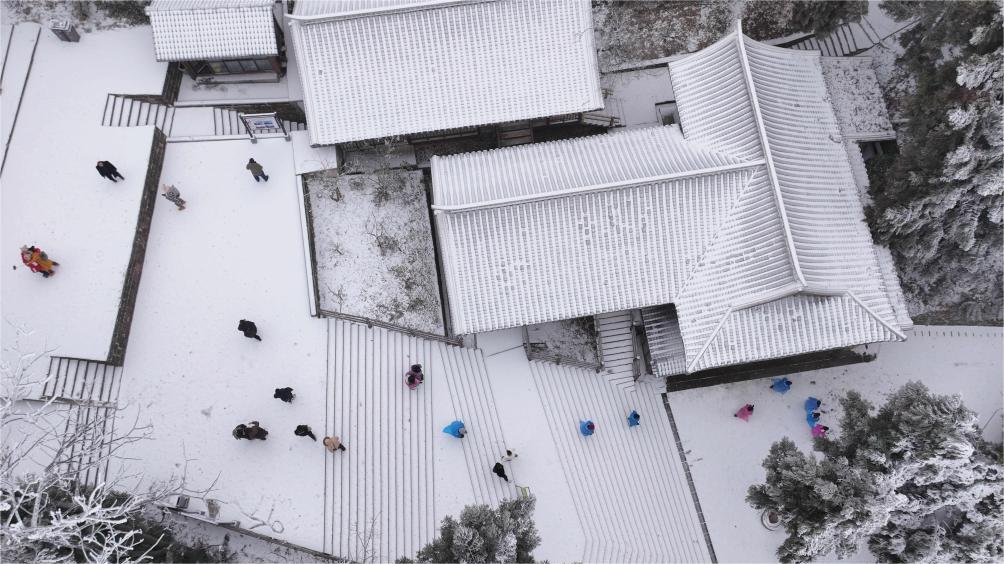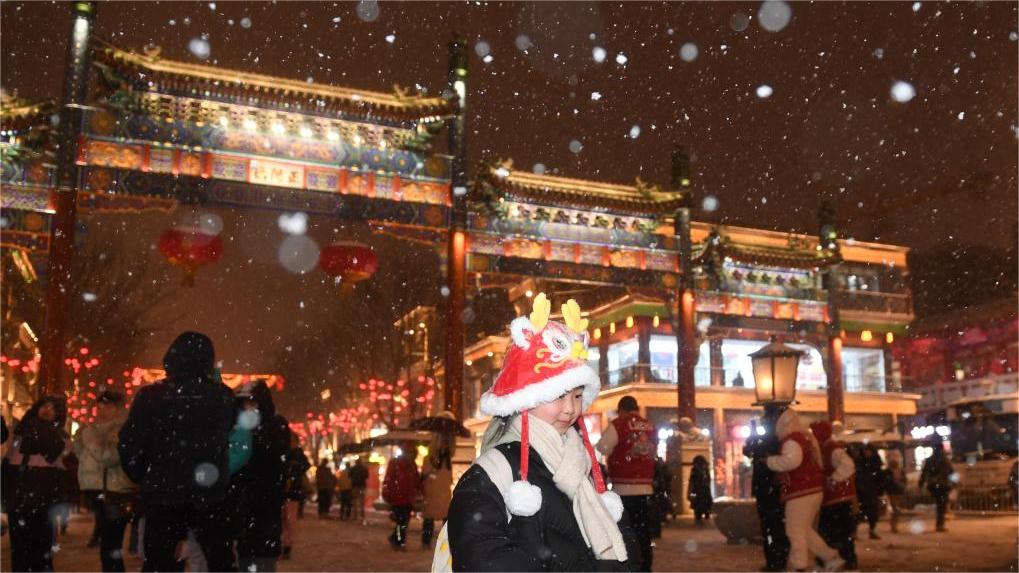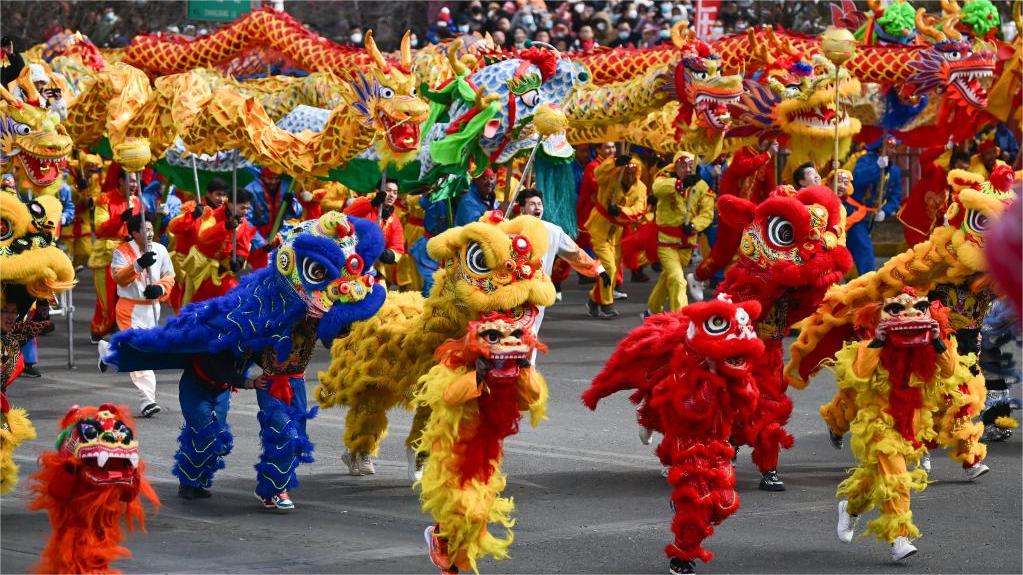Chinese cosmetics take Southeast Asian beauty economy by storm
GUANGZHOU, Feb. 28 (Xinhua) -- Sitting in her office in Guangzhou, Huang Suqin always knows what the most popular hair colors are in Indonesia, a major destination for her company's hair dyes.
Huang is the general manager of Guangzhou Biqian Cosmetics Co., Ltd., which sells a range of hair and skin products to Regional Comprehensive Economic Partnership (RCEP) member countries such as Thailand, Malaysia and Singapore.
"In Indonesia, we've rolled out more than 20 hair colors to cater to local young consumers, who favor bright colors like green and purple," Huang said.
And Biqian is not the only homegrown Chinese beauty brand winning hearts in Southeast Asia after achieving success in the domestic market.
In Guangzhou, the capital of Guangdong Province and the country's top producer of cosmetics, many cosmetics producers have seen surging exports after gaining a foothold in RCEP markets, especially in Southeast Asia.
According to Guangzhou Customs, the city's cosmetics exports to RCEP members rose 72.5 percent to 2.59 billion yuan (about 360 million U.S. dollars) in 2023, with Chinese brands accounting for 1.39 billion yuan, a yearly growth of 205.6 percent.
Compared to big global names that have long dominated Southeast Asian markets, Chinese beauty labels often boast high-efficacy products, low prices and social media marketing proficiency, making them particularly popular among young bargain hunters.
Biqian's bestselling hair dyes, for example, are priced between 2 yuan and 15 yuan, Huang said, noting that the company's Chinese designers are teaming up with local sales agencies to respond quickly to the latest fashion trends among young Indonesians.
Fang Xing, the founder of another Guangzhou-based cosmetics company, said the company operates two livestreaming teams in Indonesia, where its sales have seen exponential expansion.
"Our livestreaming events and our presence on new platforms like TikTok and Shopee help save promotional fees while increasing customer loyalty," Fang said.
Back at home, a complete industrial chain has contributed to the price competitiveness of Chinese brands.
The city of Guangzhou, for example, is home to all sorts of cosmetics-related firms, from those engaged in ingredient processing and product testing to those involved in packaging and design. This scale effect has helped local cosmetics brands raise their cost-effectiveness, said Liang Jiabin, vice president of Guangzhou Landier Biotechnology Co., Ltd.
Since entering Southeast Asia in late 2022, the company has seen its exports to Indonesia, Vietnam and the Philippines more than double, according to Liang.
Wang Maochun, deputy head of the China Chamber of Commerce for Import and Export of Medicines and Health Products, said that Chinese cosmetics companies have leveraged long-term investment and innovation to emerge as powerful players in the domestic market.
"As markets in Europe and the United States are becoming saturated, these Chinese cosmetics brands are now eyeing the great potential in the RCEP markets," Wang said.
Photos
Related Stories
- Chinese cosmetics gain popularity overseas
- Chinese market key to continued growth of Spanish beauty firms, manager says
- World's earliest synthetic white lead cosmetics found in China's Shaanxi
- Inland county shines a spotlight on global beauty industry
- Domestic-made cosmetics on 40 percent of Chinese Gen Zer's dressing tables
Copyright © 2024 People's Daily Online. All Rights Reserved.









